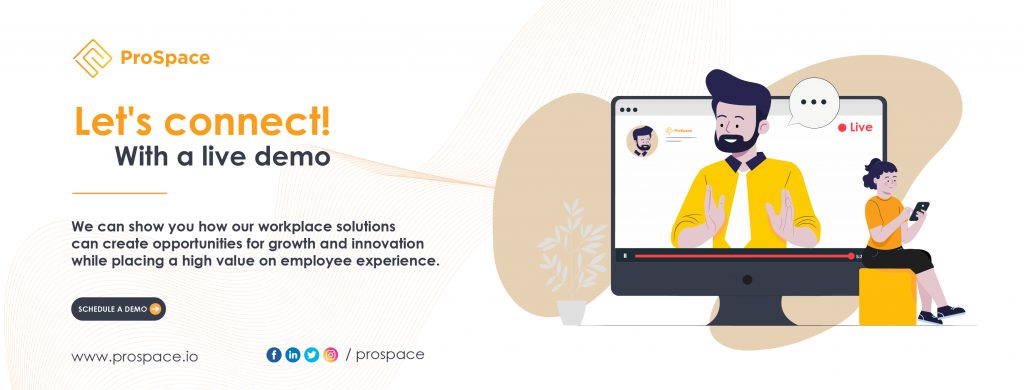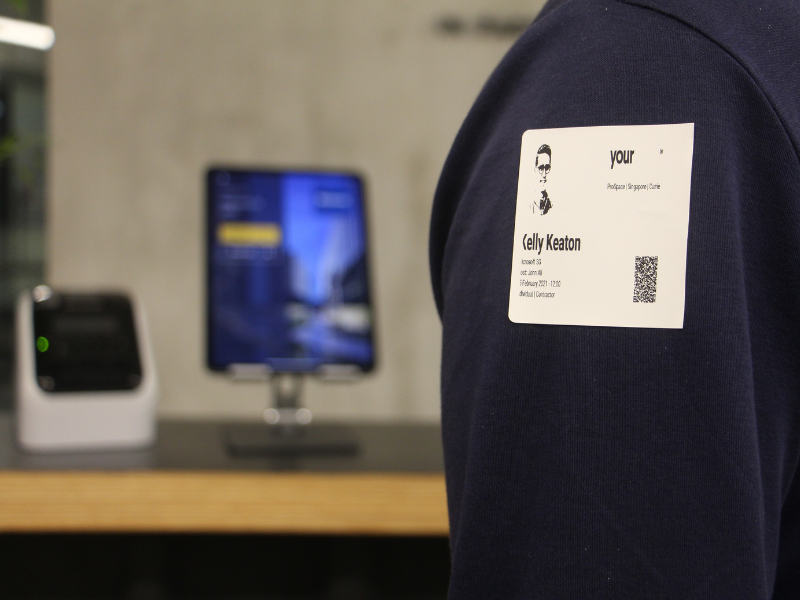Who would have thought that the rapid spread of the pandemic will not only make us rethink how we give importance to our health? It also reminded businesses to take better care of their people when away from their homes. But, more importantly, the pandemic has taught business leaders to listen intently to what their employees needs.
The Covid-19 pandemic has allowed many companies to rethink how their employees can work and collaborate most productively and healthily.
For two years, the pandemic’s impact on businesses has emphasized flexibility and has proved how resilient people are. However, regardless of when the pandemic will end, companies are starting to embrace the pandemic’s changes. Now, offices are putting a hybrid work model front and center to bring their people together, collaborate better, and develop a work culture no matter where they are.
Let’s look at how workplaces can achieve this goal with these top 10 workplace trends.
1. Responsive and resilient leaders
The hybrid work model is not a one-size-fits-all. Understanding the different needs of employees during the pandemic is vital. Create a healthy work environment and culture centered around the employees’ wellbeing. The work setup needs to have the ability to develop a work relationship or bonds whether they are interacting digitally or in person. By creating a robust people strategy that embraces equality, employees will most likely stay with a company that provides equal opportunities and builds strong connections no matter where they choose to work.
Companies that demonstrate the operational resilience to adapt quickly to constantly changing pandemic conditions will fare the best in this unpredictable business climate. Just as the rapid spread of the Delta COVID-19 variant pushed office reopenings in 2021, Omicron may delay RTO mandates well into 2022.
2. Flexible working is here to stay
Pew research center surveyed how many employees had always been working at home before the outbreak, transitioned to working from home, and those who wanted to work from home even after the outbreak ended. Seventy-one percent say they have worked from home since the virus broke out, and it isn’t surprising to know that more than half of them, if they are given a choice, would like to keep the current setup even after the pandemic.
Since Covid-19, more remote workers have considered themselves digital technology experts. They now have a more robust knowledge of what kind of technology is needed to ensure that they get their work done smartly and efficiently, even when working from the comfort of their own home.
3. Easier team collaboration
Studies prove that 77% of Millennials verbally express that flexibility and enabling to use technology increase workplace productivity and is also crucial to employee experience. The right tools that promote connectivity, collaboration, and transparency in the physical and virtual space support the current demand of the new breed of employees. For example, meeting rooms are no longer limited to physical space but exist at the virtual level for accessible communication and connection of team members and upper management.
4. More insight means more intelligent decision making
There can be no denying that the world of business revolves around data analysis. Discovering patterns in market trends and spending, looking for ways to cater to the consumers’ needs, and creating and evaluating the best marketing strategies are just a few examples of scenarios where analytics plays a significant role. Moreover, it can help businesses thrive in today’s extremely competitive economy.
5. Sustainable and scalable technology
Intelligent tools are still an investment that executives or employers should fully consider. Allocating the budget for these improvements must be justifiable with the expected benefits. The convergence of the physical space and technological solutions increases space efficiency and employee productivity.
6. Cultivate culture with engagement
One of the reasons the hybrid business model works is that it has also improved employee satisfaction and culture. Their satisfaction has skyrocketed because they were given the freedom to decide when to work. The hybrid workspace has also enhanced team collaboration and work relationships. It has opened many opportunities to find new and more efficient ways to work with colleagues and better understand each other while improving communication.
Companies need to carefully plan out their employees’ return to work in the hybrid workplace. This includes putting employee engagement at the center of their strategy. Business leaders actively seek employee feedback and input in making office decisions to nurture their connection with their people. By giving importance to the ‘human side’ of the company, leaders will see significant improvement in the way their people work together and stay longer with a company.
7. Putting people first
Surveys and polls have shown many employers that employees now emphasize working for someone who cares about everyone’s wellbeing. Aside from transitioning to a flexible work schedule, employees also said that many would respond better with initiatives such as mental health days, working options, employee assistance programs, leadership training, and even methods of transportation for employees reliant on public transport.
Since there’s no telling when the pandemic will ultimately end, employees are voicing their expectations toward their employers and workplace. As a result, they are more willing to talk to their employers about their condition to remove the disconnection and have more transparent communication.
8. Shift in retirement age
With a hybrid work model, the attitude of adults aged 65 experiences a shift in their retirement plan. Some older workers want to stay challenged and engaged, aided by remote and WFA arrangements. Others cite financial motivations, including supporting adult children and replenishing retirement savings depleted by the pandemic.
Surprisingly, the pandemic has brought a surge in over-50 digital nomads who are redefining and extending retirement. New pandemic-driven work models, including hybrid, remote, and work from anywhere (WFA), are a factor for older Americans who use this flexibility to work longer and defer retirement.
9. Flexible and agile office
A large group of employees said they’d feel secure if employers would mandate all employees to be vaccinated first before going back to the office. This will not only emphasize safety in the workplace; it will also put everyone’s mind at ease.
Consider ways to make the workplace exciting and compelling. Invest in a work management software like ProSpace to create a healthy working environment for the employees. By having a desk and conference room booking system, employers can ensure that the workplace stays compliant to the health protocols such as safe distancing and limiting the number of people in a specific room or area. Aside from that, employers can also hire a professional cleaning staff who has the right cleaning tools and could keep all areas in the office adequately sanitized as people come and go.
10. Next-generation workplace management
The workspace has a crucial role in ensuring employees’ satisfaction, productivity, engagement, and loyalty. It is now being enhanced by intelligent tools and solutions to ensure that no time is wasted and everything is organized. IoT and smart workspace solutions improve these through intelligent scheduling, transparency, optimizing each area, and measuring workers’ behavior within these spaces for decision making and further enhancement to ensure satisfaction and productivity.
Employees are an integral part of an enterprise’s success and growth. By supporting them through intelligent tools that help them use their office time, cutting down unproductive hours and frustration from inefficient use of workspace and facilities, and improving the existing environment, workers become more productive and satisfied with their work and the company.
In conclusion, no matter what hybrid work model a business leader implements in their organization, what’s important is putting flexibility, agility, and sustainability in mind when it comes to finding out ways to encourage employees to thrive and adapt to the changes in the workplace. In addition, a deep understanding of employee preferences is paramount to success as businesses navigate the post-pandemic return to a workplace that will certainly be a hybrid of in-office, remote, and WFA work styles.
Let’s connect! With a live demo, we can show you how our workplace solutions can create opportunities for growth and innovation while placing a high value on employee experience. Contact us now, and someone from our team will reach out to you shortly.











